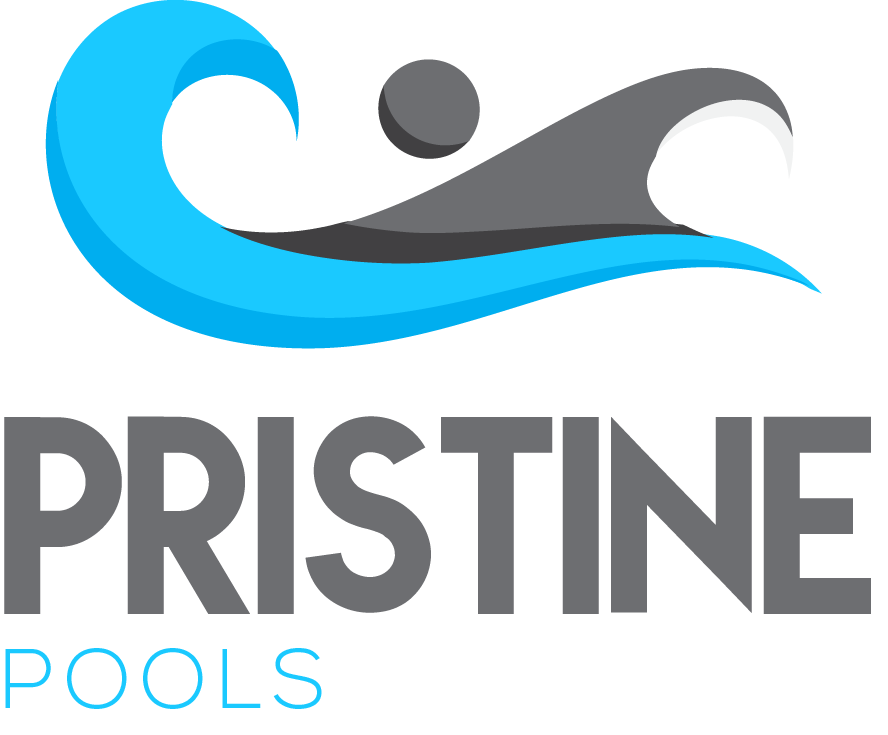Variable vs single speed pumps: making the right choice for your pool
When it comes to maintaining a crystal-clear and inviting pool, choosing the right pump is essential.
Pumps play a pivotal role in circulating water, keeping it clean, and maintaining water chemistry. In recent years, variable speed pumps have gained popularity among pool owners due to their energy efficiency and cost-saving benefits. However, single speed pumps continue to be a common choice as well.
This article aims to compare variable speed pumps and single speed pumps in the context of the Australian pool industry, helping potential buyers make an informed decision
The Australian pool landscape
Australia's diverse climate, from the scorching summers to milder winters, makes pools a year-round attraction for many homeowners. Maintaining an optimal pool environment requires efficient and reliable equipment, including pumps. When choosing between variable speed pumps and single speed pumps, several factors must be considered:
Energy Efficiency
Single Speed Pumps: In contrast, single speed pumps operate at a fixed speed, typically a high one. While they are reliable and can handle the demands of larger pools, they are not energy-efficient. They consume more electricity, which can be a significant ongoing expense for pool owners in Australia.
Variable Speed Pumps: Variable speed pumps are renowned for their energy efficiency. They allow pool owners to adjust the pump's speed and flow rate, ensuring the pool receives precisely the amount of circulation it needs. This adaptability reduces energy consumption, resulting in significant cost savings over time.
Cost Considerations
Single Speed Pumps: Single speed pumps tend to be more affordable initially, but their higher operational costs over time can make them a more expensive option in the long run. For budget-conscious buyers, it's crucial to weigh the initial cost against ongoing expenses.
Variable Speed Pumps: Although variable speed pumps may have a higher upfront cost compared to single speed pumps, their long-term savings often outweigh this initial investment. Lower energy bills and reduced wear and tear on the pump can lead to substantial financial benefits over the pump's lifespan.
Environmental Impact
Single Speed Pumps: Single speed pumps have a larger carbon footprint due to their higher energy consumption. Pool owners looking to minimize their environmental impact may find variable speed pumps more appealing.
Variable Speed Pumps: Choosing a variable speed pump can align with environmentally conscious values. These pumps produce fewer greenhouse gas emissions due to their lower energy consumption. In a country like Australia, where water conservation is essential, variable speed pumps offer a responsible choice.
Performance and Versatility
Single Speed Pumps: Single speed pumps, while reliable, lack the flexibility of their variable speed counterparts. They operate at a fixed speed, which may not be ideal for specific pool maintenance tasks. This limitation could result in decreased overall pool performance.
Variable Speed Pumps: Variable speed pumps offer unparalleled versatility. Pool owners can adjust the pump's speed to suit various tasks, such as filtration, heating, or pool cleaning. This adaptability ensures optimal performance and efficient water circulation.
Conclusion
When choosing between variable speed pumps and single speed pumps for your pool, it's essential to consider your long-term goals, budget, and environmental concerns. While single speed pumps may offer an attractive initial price point, variable speed pumps provide a compelling case for energy efficiency, cost savings, and environmental responsibility.
For pool owners seeking to maximize energy savings and minimize their carbon footprint, variable speed pumps are the clear winner. They offer the adaptability necessary to meet the demands of Australia's diverse climate while reducing operational costs and environmental impact.

